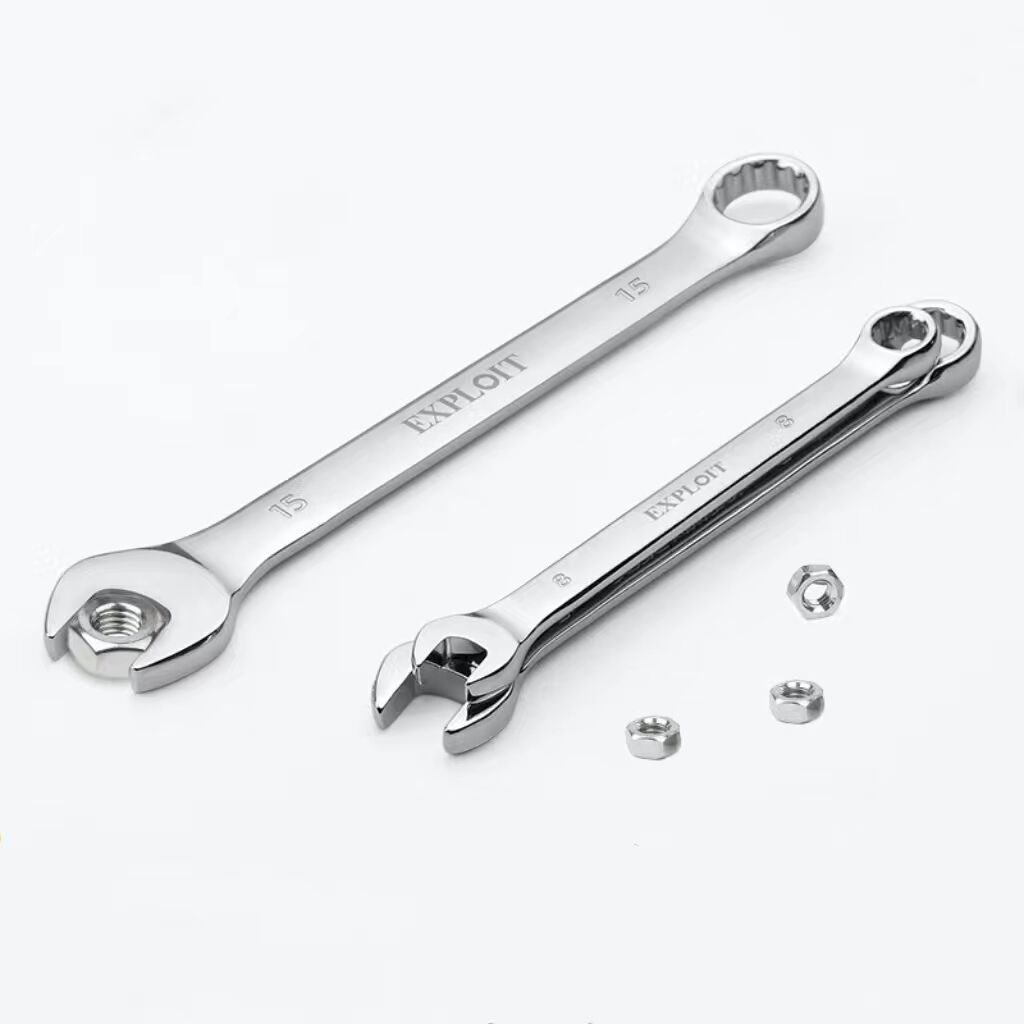We all need to encounter them every day in our lifes but very less know what are fasteners. Over the years they have seen many changes to become adapted within human civilization and technological improvements. Below, we will further explore the intriguing tetragon of fasteners by exploring their gradual evolution from basic knots to extremely complex gadgets that have changed how our world operates today.
Ancient Fastening Techniques
Civilizations in the past times used natural resources like vines, sinews & plant fibers for binding purposes. Similarly, ancient Egyptians who were famously known for their awe-inspiring architectural feats such as the pyramids used wooden pegs and dovetail joints in combination with copper nails. Romans used iron clamps and lead pins to strengthen their aqueducts such as the Aqua Claudia in Rome (completed 52 CE) and temples, they also understood how critical connections were for compounds.
Fastener Technology - How The Industrial Revolution Encroached Upon It
Fastener technology saw a major change in the late 18th century when Industrial Revolution was introduced. Standardized parts necessary with the mechanization of industrial processes. Inventors such as Jesse Ramsden and Henry Maudslay made important contributions to the development of precision production screws that established practice in modern interchangeable manufacturing with Joseph Whitworth being one of many contributing engineers. This period set the stage for producing screws in volume, opening new avenues of business across several industries.
Innovations That Defined the 20th Century
Advancements in materials science and engineering through the 20th century, lead to a quick change of fastener technology. In 1913, the invention of stainless steel by Harry Brearley changed the fastener industry forever when it provided a lightweight and corrosive resistant solution for harsh environments. Self-tapping screws were invented by the mid-30s and made it quicker to assemble things because you no longer needed pre-drilled holes. The aerospace industry, in addition to this level of innovation also led breast feeding highly durable and lightweight locks using materials that could withstand such conditions
Fastener Material and its Applications aujourd'hui
As a result, fastener technology has changed dramatically and now extend across numerous advanced materials that have improved the characteristics of fasteners to an entirely new level. Manufacturers are designing fasteners specific to weight-critical applications, such as the air and high-performance vehicle industry. Carbon fibre composites are replacing traditional metal parts for their superior strength-to-weight ratio. Medical fasteners have seen an evolution since the introduction of biocompatible materials such as titanium and polymer implants, improving their safety and efficiency in surgical procedures. The electronics and automotive industries, for instance, are increasingly exploring tighter connections with products together using adhesive/bonding technologies.
Here comes Smart Fasteners era! - Obviously a digital work
Sensors and microelectronics are among the types of smart technology being integrated into fasteners in ways that will revolutionise them entirely for uses in the 21st century. In the smart fasteners, these sensors can check for stress levels in materials and temperature variations between joints etc.. which could also help to predict potential structural failures improving predictive maintenance methods and overall safety-driving across multiple sectors. For example, bolts with strain sensors can detect damage early enough to prevent a catastrophic failure of the structure. The arms race to the future in fasteners continues apace, hardware is merging with data analysis at unprecedented levels of intelligence through smart connectors into our digital world and materials science progresses ever onward.
In short, we see fasteners as a microcosm of human ingenuity - always evolving and changing with the times. From the earliest of civilizations to our current, technology-rich world these connectors have been a change agent in systems that are much broader. The future of fasteners will be integrated into a digital world, which is becoming increasingly obvious with impressive innovations moving forward to supporting enhanced efficiency, safety and connectedness. It is thus in this narrative of perpetually moving forward, that we learn to see fasteners as not just the mechanical pieces holding together our past from our future-but rather representatives of progress and ties that bind us towards greater innovation.

 EN
EN
 AR
AR
 FR
FR
 HI
HI
 JA
JA
 PT
PT
 RU
RU
 ES
ES
 BN
BN

